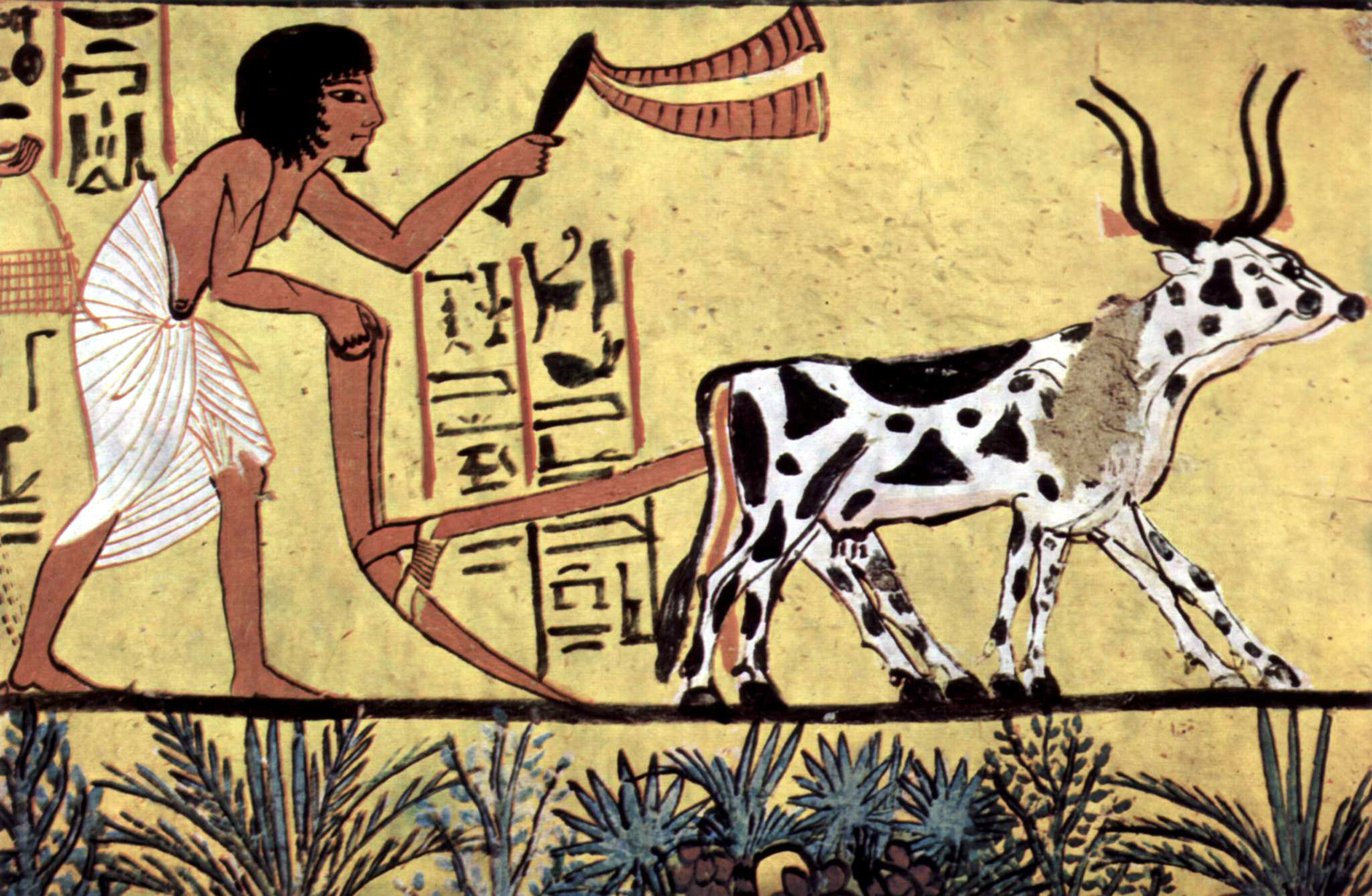
Green Revolution
The Green Revolution, or the Third Agricultural Revolution, was a period of technology transfer initiatives that saw greatly increased crop yields.[1][2] These changes in agriculture began in developed countries in the early 20th century and spread globally until the late 1980s.[3] In the late 1960s, farmers began incorporating new technologies such as high-yielding varieties of cereals, particularly dwarf wheat and rice, and the widespread use of chemical fertilizers (to produce their high yields, the new seeds require far more fertilizer than traditional varieties[4]), pesticides, and controlled irrigation.
For other uses, see Green Revolution (disambiguation).
At the same time, newer methods of cultivation, including mechanization, were adopted, often as a package of practices to replace traditional agricultural technology.[5] This was often in conjunction with loans conditional on policy changes being made by the developing nations adopting them, such as privatizing fertilizer manufacture and distribution.[4]
Both the Ford Foundation and the Rockefeller Foundation were heavily involved in its initial development in Mexico.[6][7] A key leader was agricultural scientist Norman Borlaug, the "Father of the Green Revolution", who received the Nobel Peace Prize in 1970. He is credited with saving over a billion people from starvation.[8] Another important scientific figure was Yuan Longping, whose work on hybrid rice varieties is credited with saving at least as many lives.[9] Similarly, MS Swaminathan is known as the Father of Green Revolution in India. The basic approach was the development of high-yielding varieties of cereal grains, expansion of irrigation infrastructure, modernization of management techniques, distribution of hybridized seeds, synthetic fertilizers, and pesticides to farmers. As crops began to reach the maximum improvement possible through selective breeding, genetic modification technologies were developed to allow for continued efforts.[10][11]
Studies show that the Green Revolution contributed to widespread eradication of poverty, averted hunger for millions, raised incomes, reduced greenhouse gas emissions, reduced land use for agriculture, and contributed to declines in infant mortality.[12][13][14][15][16]
History[edit]
Use of the term[edit]
The term "Green Revolution" was first used by William S. Gaud, the administrator of the U.S. Agency for International Development (USAID), in a speech on 8 March 1968. He noted the spread of the new technologies as: